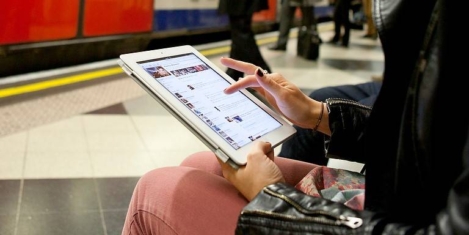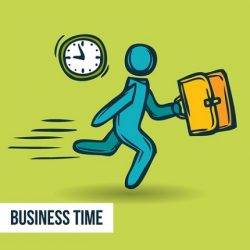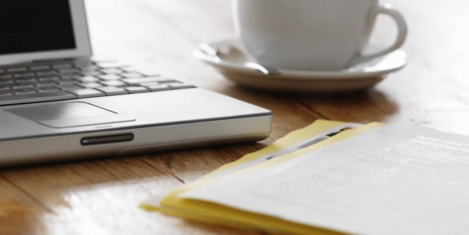October 25, 2017
Long commutes to work are as bad as a pay cut when it comes to happiness and wellbeing
 A twenty minute increase in commuting time is as bad as a 19 per cent pay cut for job satisfaction, a study has found. The research by the University of the West of England found that every extra minute spent travelling to and from work reduces job and leisure time satisfaction, increases strain and worsens mental health. The researchers conclude that more people should be allowed to work from home or should choose a new way of getting there. According to the study, every extra minute spent travelling reduced job satisfaction, created extra strain, worsened mental health and increased people’s chances of quitting. The study, based on analysis of 26,000 workers in England, found that people travelling by bus were more likely to feel the “negative impacts of longer commute times” than users of other transport and that employees who cycled or walked were among the most satisfied as they used commuting time as part of their “health-enhancing lifestyle”.
A twenty minute increase in commuting time is as bad as a 19 per cent pay cut for job satisfaction, a study has found. The research by the University of the West of England found that every extra minute spent travelling to and from work reduces job and leisure time satisfaction, increases strain and worsens mental health. The researchers conclude that more people should be allowed to work from home or should choose a new way of getting there. According to the study, every extra minute spent travelling reduced job satisfaction, created extra strain, worsened mental health and increased people’s chances of quitting. The study, based on analysis of 26,000 workers in England, found that people travelling by bus were more likely to feel the “negative impacts of longer commute times” than users of other transport and that employees who cycled or walked were among the most satisfied as they used commuting time as part of their “health-enhancing lifestyle”.



































December 23, 2016
Presenteeism doesn’t aid productivity, so employers should set workers free 0
by Mark Eltringham • Comment, Flexible working
(more…)